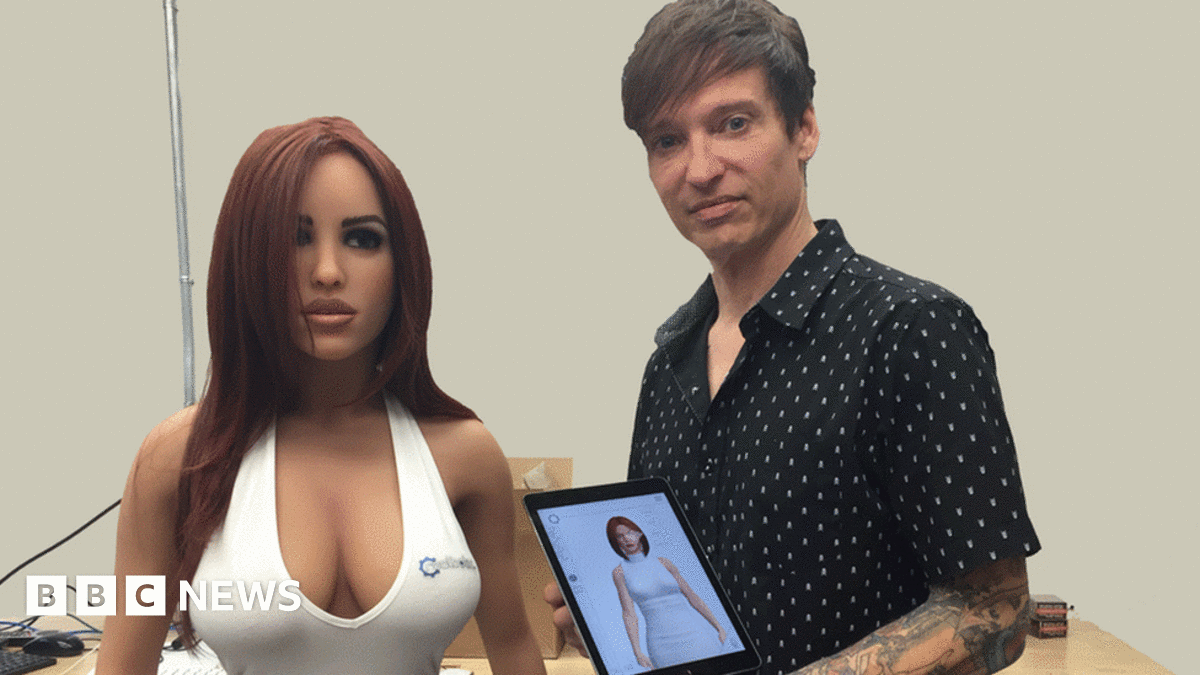AI-enabled sex dolls represent a significant investment, with costs driven largely by the sophistication of their technology. Prices vary dramatically based on materials, AI capabilities, robotics, and customization options.
Current Price Ranges
- Entry-Level AI Dolls (Basic): $3,000 – $6,000 USD. Feature rudimentary conversational AI (pre-programmed responses), limited voice interaction, perhaps basic motion tracking, TPE material, fixed skeleton. Smartphone app control is common.
- Mid-Range AI Dolls (Enhanced): $6,000 – $15,000 USD. Offer more advanced AI personalities capable of learning simple routines or responses, improved speech recognition and synthesis, basic emotional simulation, enhanced skeleton flexibility, often silicone material. May include touch sensors, limited facial expressions, and Wi-Fi/Bluetooth connectivity.
- High-End AI Dolls (Premium/Robotic): $15,000 – $60,000+ USD. Feature cutting-edge deep learning AI capable of complex, evolving conversations and personality adaptation, sophisticated natural language processing, highly realistic emotional responses via AI and facial actuators. Include advanced animatronics (eye tracking, facial expressions, limb movement, potentially walking), high-quality silicone, extensive sensor suites (body heat, touch sensitivity), and sophisticated mobile/web app ecosystems.
Key Technological Drivers of Cost
- Artificial Intelligence (AI) Engine: The core cost driver. Complexity ranges from simple chatbots to deep learning models enabling personality creation, memory, learning from interactions, and emotional intelligence. Cloud-based AI adds subscription potential.
- Speech Recognition & Synthesis: Quality of understanding spoken words and generating realistic, human-like speech responses significantly impacts realism and price.
- Animatronics & Robotics: Motors and actuators enabling facial expressions (smiling, blinking, lip-syncing), head/eye movement, limb articulation, or more complex movements dramatically increase engineering costs.
- Sensory Systems: Touch sensors, body heat regulation, ambient environment sensors (sound, light), and biometric feedback loops contribute to interactivity and cost.
- Connectivity & Apps: Integration with smartphones, tablets, or web interfaces for control, personality settings updates, remote interaction, and potentially content delivery platforms.
- Material Quality: Medical-grade silicone is pricier but more realistic and durable than thermoplastic elastomer (TPE). Skeleton material (metal alloy vs. cheaper alternatives) affects poseability and weight.
- Customization: Bespoke facial features, body types, skin tone, hair, makeup options add substantial cost.
In essence, the price reflects the level of technological immersion desired, from basic interactive companions to highly sophisticated, near-autonomous robotic partners with evolving personalities. Ongoing subscription fees for premium AI services may be an additional cost factor with some models.






